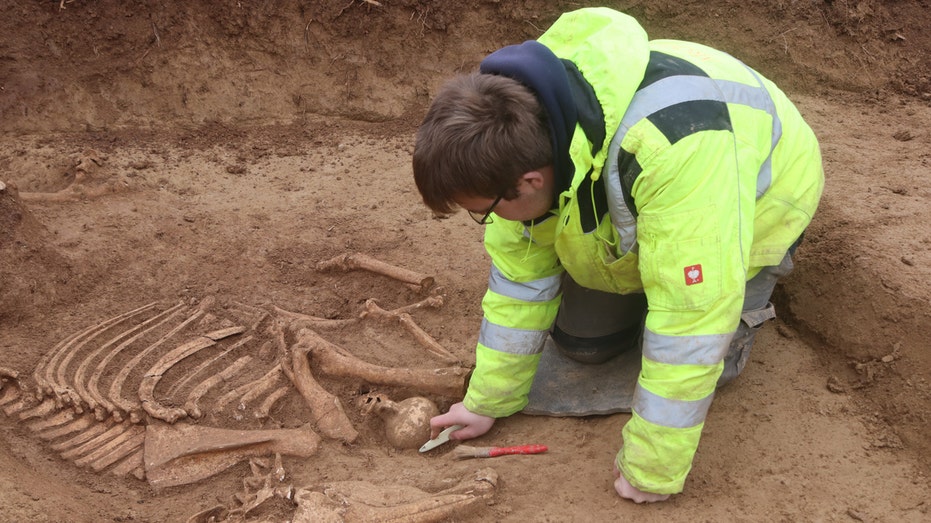York Archaeologists Uncover First-Ever Proof of Brutal Gladiator-Lion Fight in Ancient Britain

Sarah Johnson
May 5, 2025
Brief
Archaeologists in York uncover first physical proof of a Roman gladiator-lion fight outside Italy, rewriting what we know about ancient British blood sports.
Move over, medieval charm—York's got a bloody surprise from way before the Vikings and cathedral tours. Archaeologists have just uncovered the first solid proof of a gladiator squaring off with a lion in northern England, and it’s not a scene out of ancient Rome. It all went down in York, that postcard-perfect city once known as Eboracum, founded by the Romans in 71 A.D.
Until now, the idea of gladiators battling lions outside Italy was more legend than fact, with only Roman art to back it up. But recent research, published in PLOS One, analyzed a puncture wound on a pelvis from a third-century A.D. gladiator buried in a York cemetery. The conclusion? That wound was courtesy of a big cat—most likely a lion. Suddenly, York's tourism board has a whole new angle to play with.
This gladiator, estimated to be between 26 and 35 years old, didn’t just have a rough day at the office—he had a literal lion mauling. Researchers compared the bite mark to modern zoological specimens and confirmed it was the work of a large cat. According to the study, this is the first physical evidence of human-animal gladiatorial combat from the Roman period found anywhere in Europe. Take that, Roman Colosseum!
But here’s a twist: the lion bite wasn’t actually what killed him. Forensic anthropologist Tim Thompson said the wound, though dramatic, probably wasn’t fatal. Instead, it’s believed the bite came as the gladiator was being dragged—definitely not the heroic finish you’d hope for in front of a roaring crowd.
John Pearce, a Roman archaeologist, speculates the lion may have been starved beforehand to ramp up the aggression. The gladiator might’ve tried something like a matador’s dodge-and-weave, but clearly, this performance didn’t win him any standing ovations—or much mercy.
When the fight was over, both gladiator and lion faced a final curtain: burial for the human, and the lion’s carcass likely served up as a post-show snack for the spectators. If you thought your last trip to York was wild, imagine coming for the architecture and stumbling onto the site of ancient blood sports.
According to Pearce, this discovery is a gritty reminder of the "spectacle culture" at the heart of Roman life. Big cats from North Africa didn’t just end up in Rome—they made their way to Britain’s chilly north, giving locals a front-row seat to violence on a grand scale. Who needs Netflix when you had the real thing?
Topics
Editor's Comments
York: come for the tea rooms, stay for the ancient big cat brawls you never knew happened. Honestly, who needs a lion statue in the museum when you can have the real bite marks? If this keeps up, the next York souvenir will be a mini Colosseum—just add your own plastic lion.
Like this article? Share it with your friends!
If you find this article interesting, feel free to share it with your friends!
Thank you for your support! Sharing is the greatest encouragement for us.



